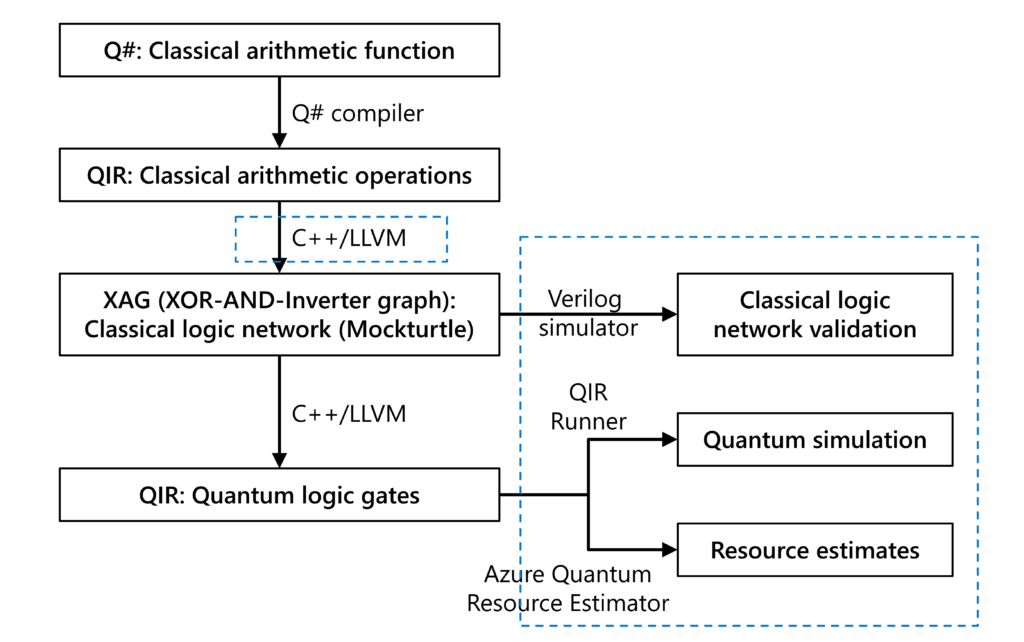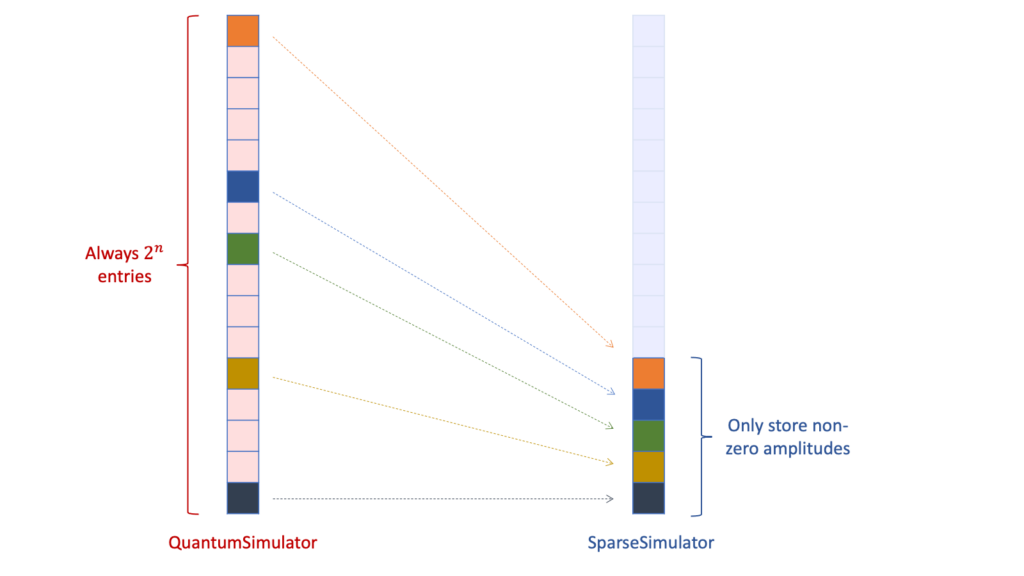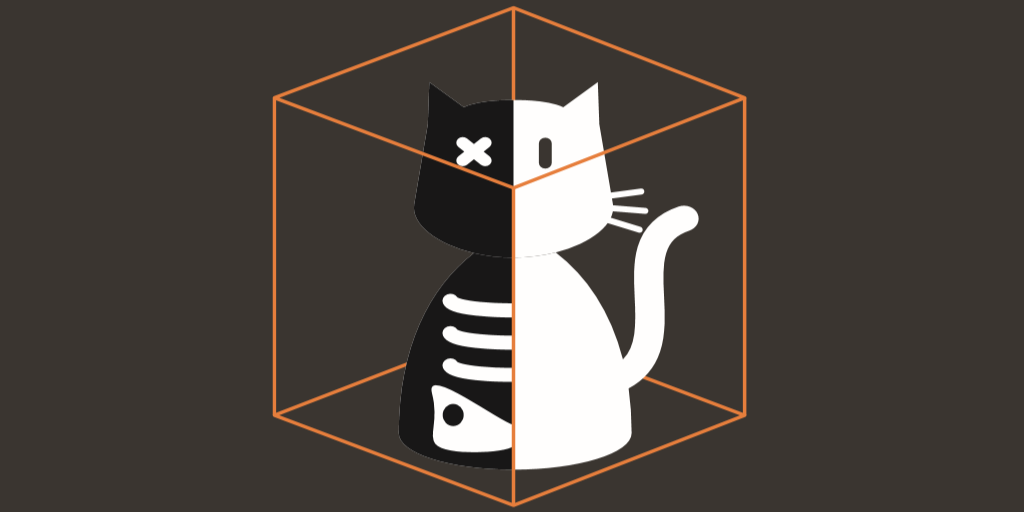Post by this author


Calculating resource estimates for cryptanalysis

Mentoring capstone projects at the University of Washington

Automate Resource Estimation with QIR

Testing large quantum algorithms using sparse simulation

Visualizing resource estimates with the trace simulator and quantum-viz.js

The AutoSubstitution rewrite step

Emulation in Q#

Build your own Q# simulator – Part 3: A circuit-diagram builder with ⟨q|pic⟩


 Light
Light Dark
Dark